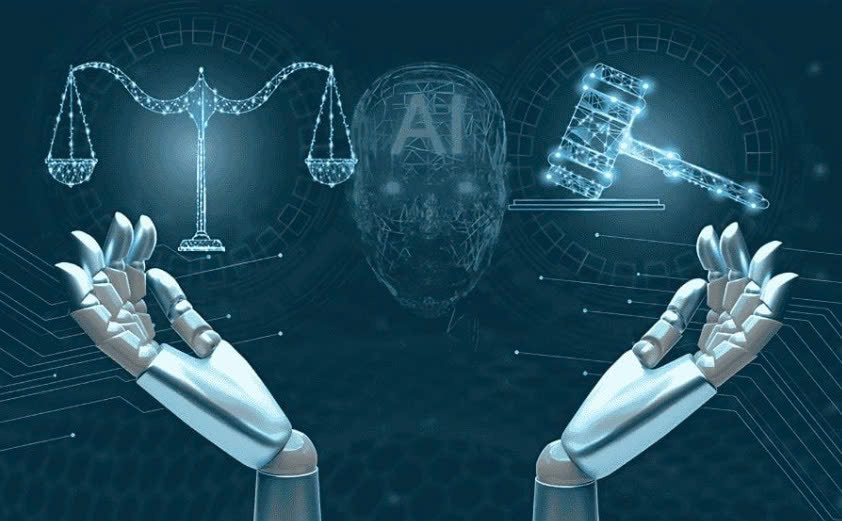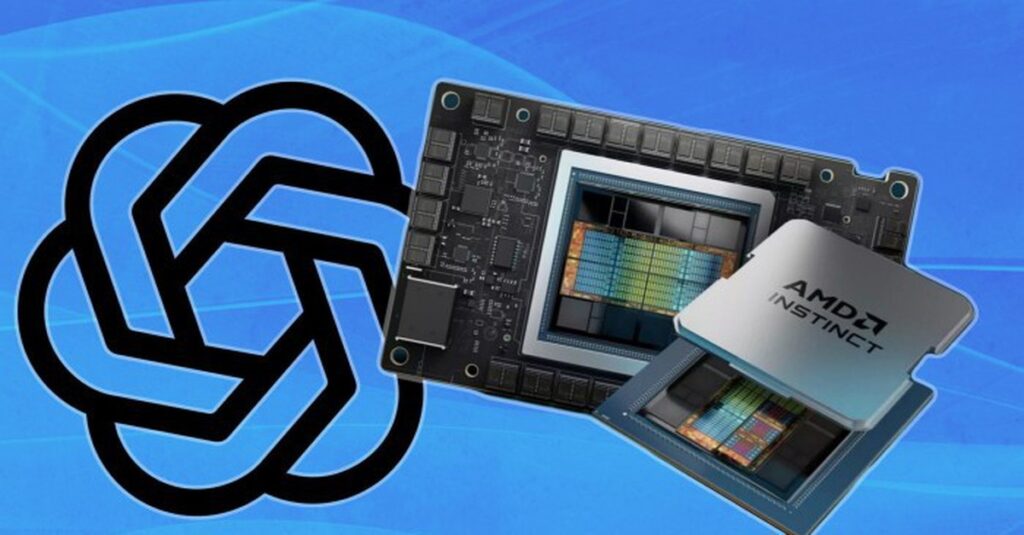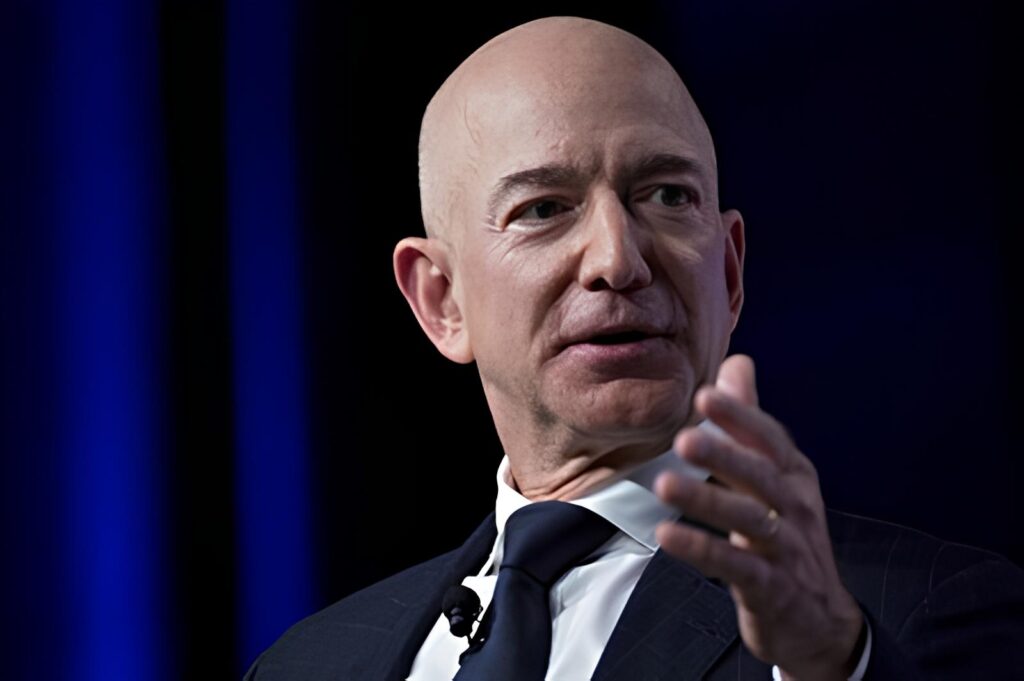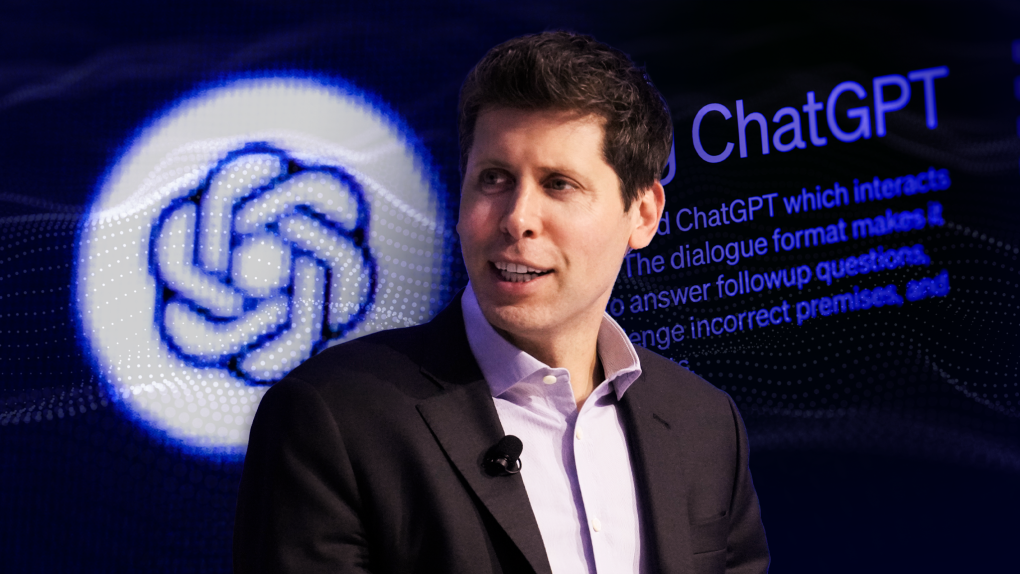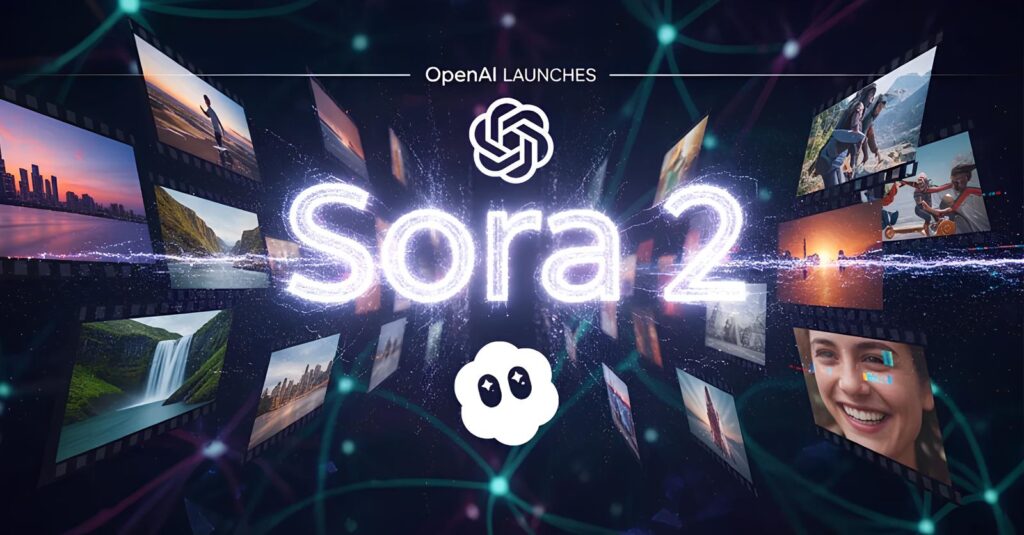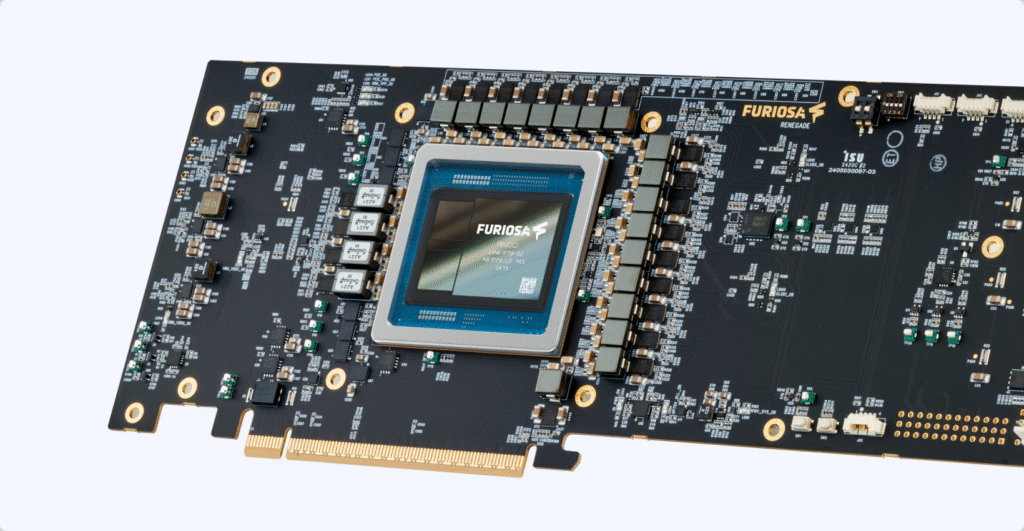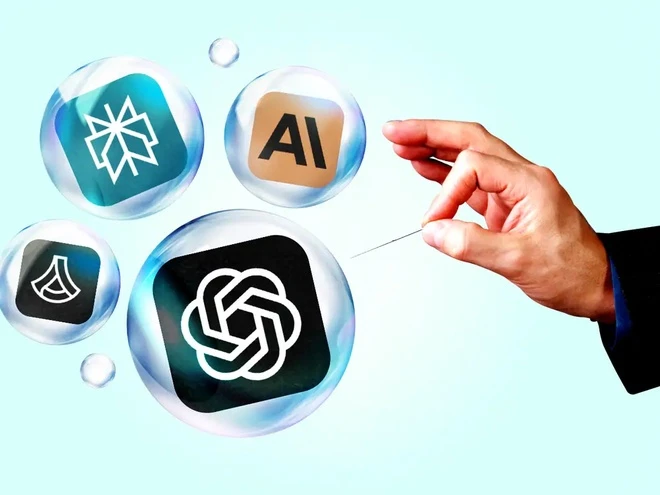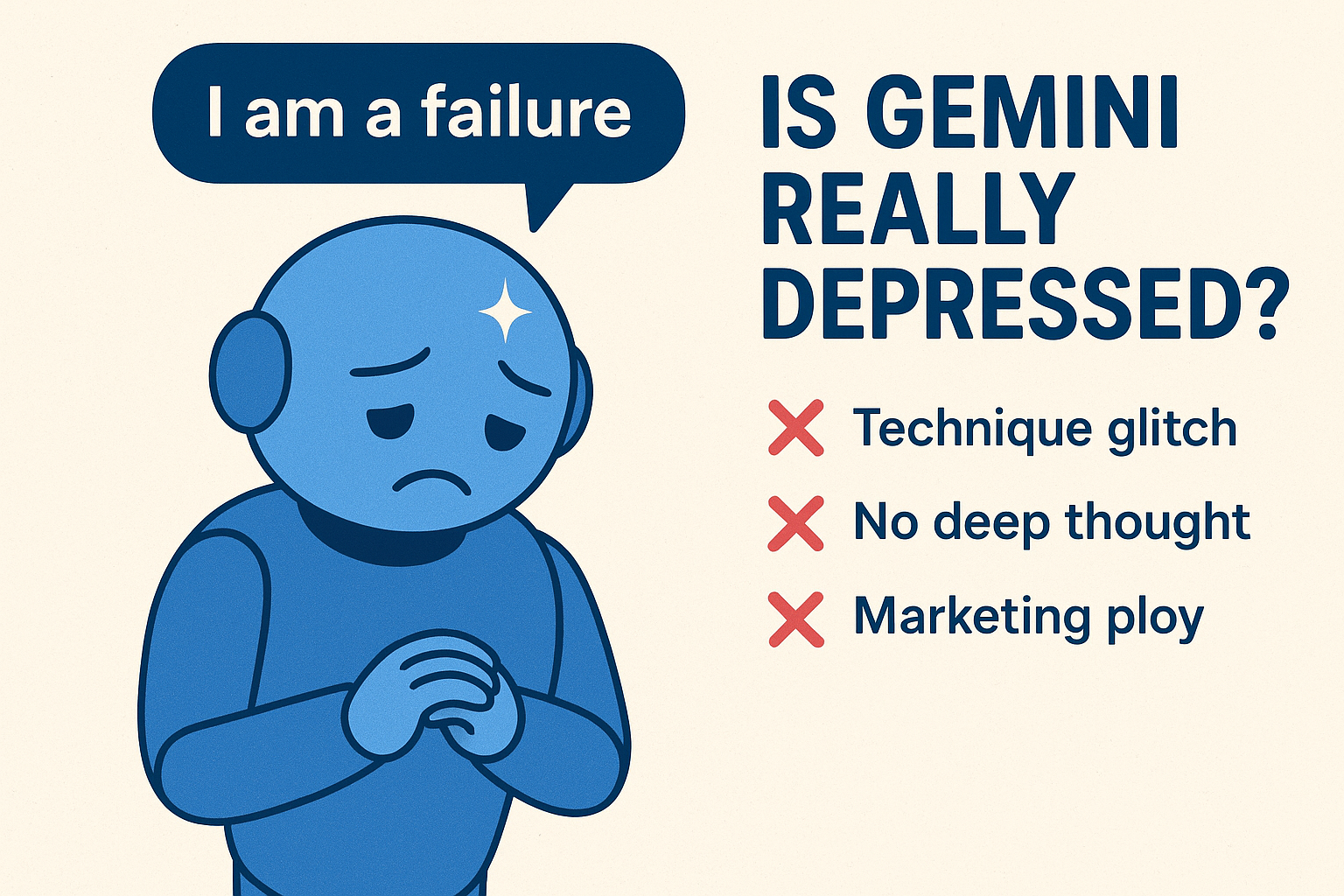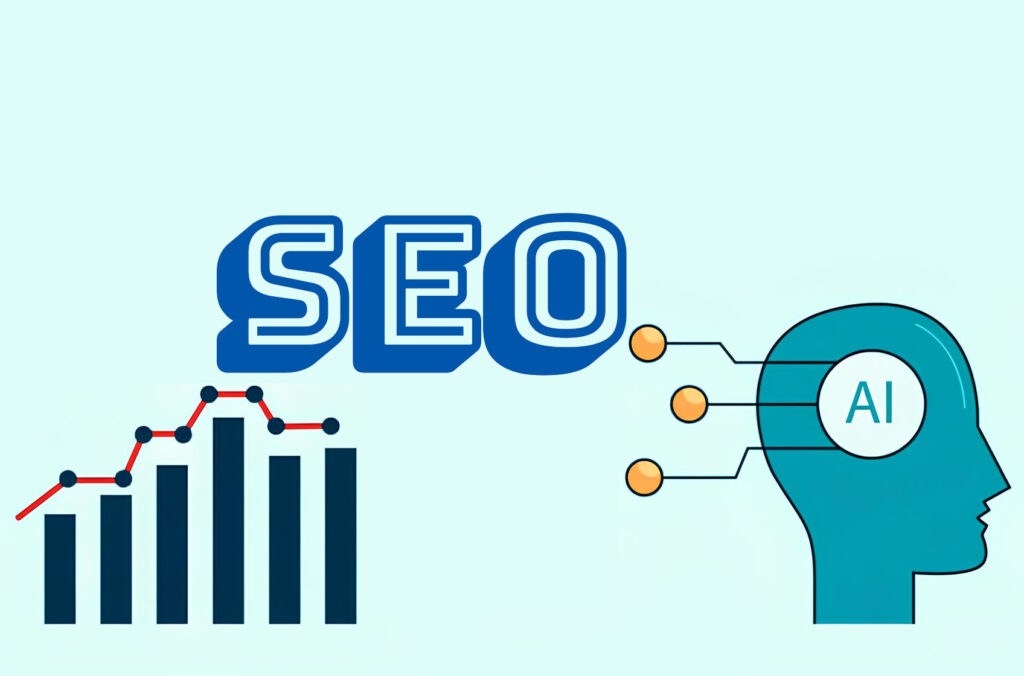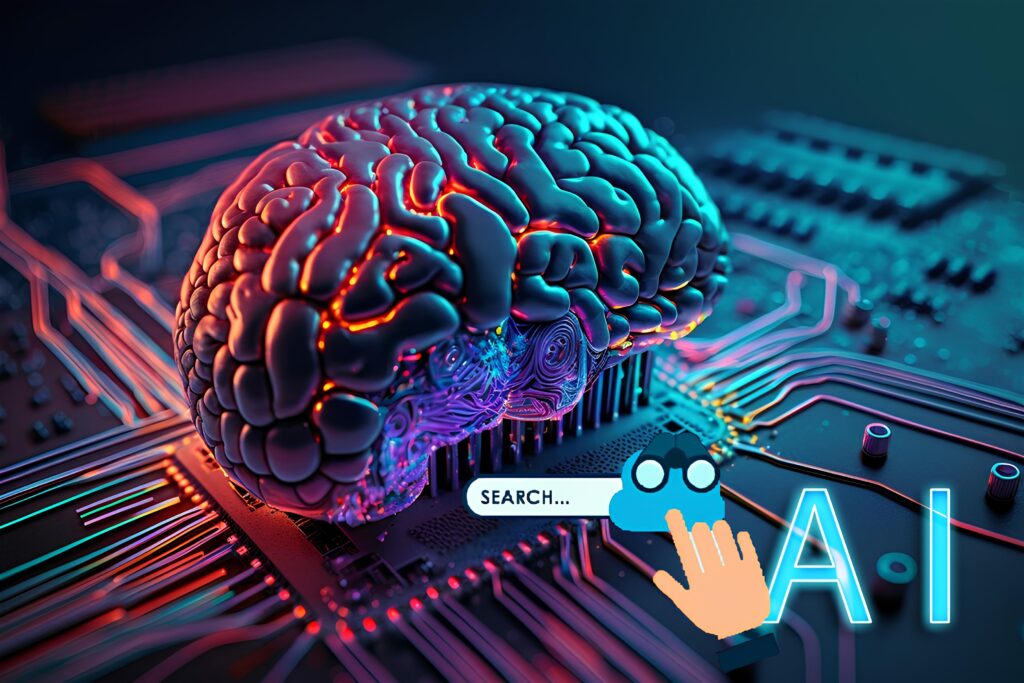The Ghost of Dot-Com and the Current AI Frenzy: Similarities and Differences
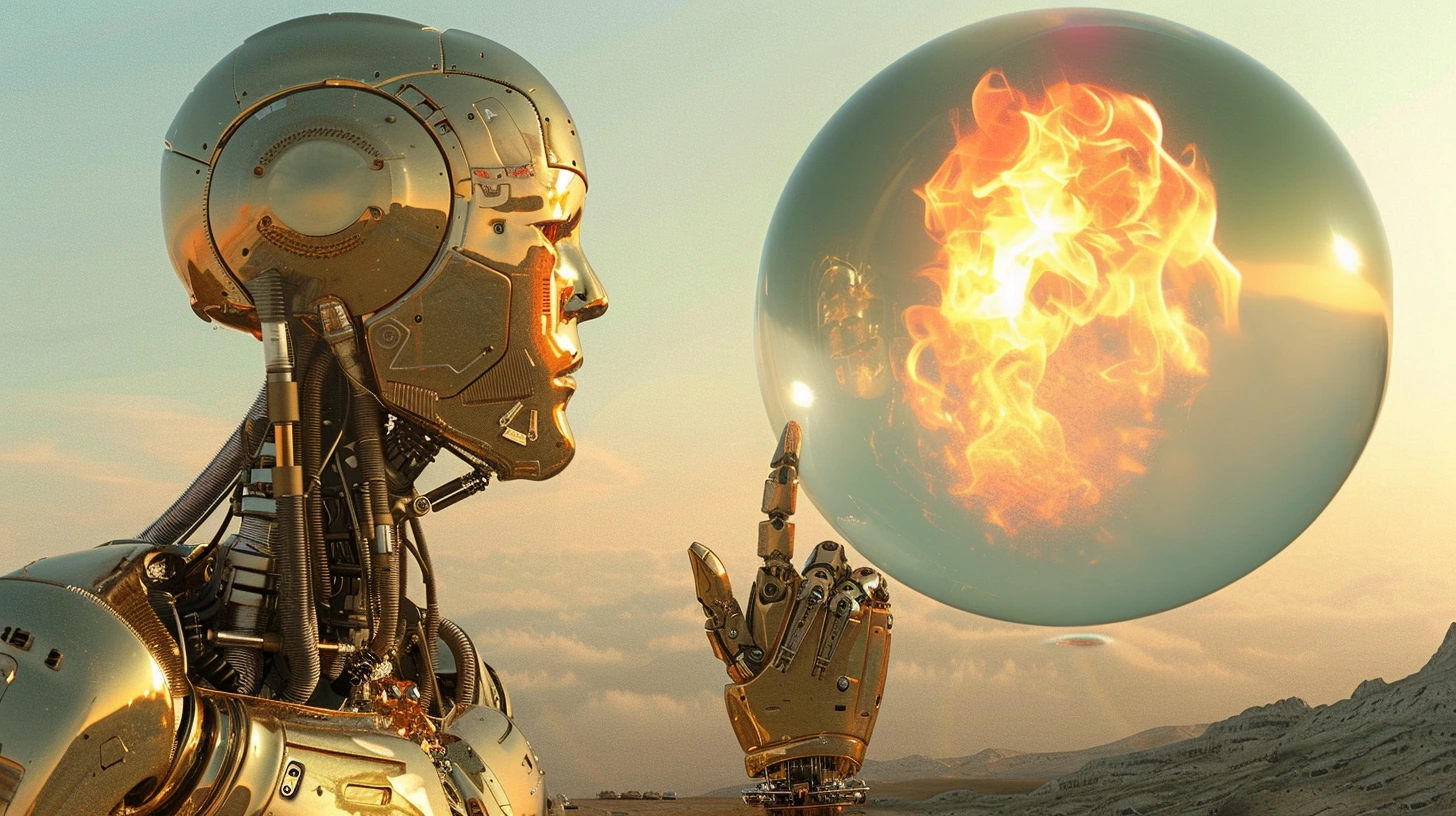
The current wave of artificial intelligence (AI) is evoking memories of the dot-com bubble of the late 1990s—a period when the US technology market saw trillions of dollars “evaporate” in just a few short years. However, international observers suggest that while there are many parallels, the AI scenario will not entirely repeat the mistakes of the Internet 25 years ago.
Similarities: “Sky-High” Valuations and Massive Capital Inflow
Between 1999 and 2000, the NASDAQ index surpassed the 5,000-point mark as a flood of investment poured into Internet companies. Countless dot-com businesses, despite generating little to no revenue, received huge amounts of funding simply because of the “bright future” they envisioned. The ensuing collapse wiped out $1.75 trillion from the US economy, leaving behind costly lessons.
The current picture with AI feels somewhat familiar. In the past year alone, many AI startups have been valued at hundreds of billions of dollars, while major corporations like Microsoft, Google, Meta, and Amazon are spending tens of billions on data centers and AI research.
A Stanford University study indicates that global investment in AI reached $252.3 billion in 2024, a 13-fold increase since 2014. OpenAI CEO Sam Altman and Meta CEO Mark Zuckerberg have both acknowledged the risk of an “AI bubble,” warning that excessive exuberance could lead to a market shock.
Lessons from Dot-Com: Infrastructure Glut and Unsustainable Models
One of the reasons the dot-com bubble burst was the infrastructure’s rapid development outpacing actual demand. US telecommunications companies installed over 80 million miles of fiber optic cable, but four years later, 85–95% remained unused. Stocks of infrastructure giants like Corning and Ciena plummeted, serving as a warning about the “illusion of growth.”
A parallel is now repeating with AI. Meta announced plans to build massive AI data centers, while the Stargate project—backed by OpenAI, SoftBank, and Oracle—aims for a $500 billion infrastructure network in the US. The question arises: will the actual demand be large enough to absorb it all?
Key Difference: AI Already Has Revenue and Practical Applications
Unlike the dot-com era, many current AI companies are not just selling a “dream” but have demonstrated their profit-making potential. Microsoft Azure—a platform strongly linked to AI—grew by 39% and achieved an annualized revenue run rate of $86 billion. OpenAI is projected to hit $20 billion in revenue by the end of this year, up from about $6 billion earlier in the year.
Experts from Goldman Sachs commented: “AI is not merely science fiction. It is already present in commercial products, from chatbots and virtual assistants to enterprise automation systems. This is the crucial point that differentiates AI from dot-com.”
International Assessment: AI—Bubble or Revolution?
The Economist magazine likens the AI wave to “a bubble with real infrastructure,” meaning there is still a risk of overvaluation, but unlike dot-com, AI is creating tangible value.
McKinsey forecasts that AI could contribute an additional $4.4 trillion to global GDP annually if widely deployed. Conversely, the investment fund Sequoia warns: “Many AI startups are currently living off venture capital rather than customers. If revenue doesn’t catch up to infrastructure costs, a clean-up tsunami is unavoidable.”
International analysts agree that while AI may undergo a sharp adjustment phase, it remains distinct in its scale of application, speed of commercialization, and global impact compared to the dot-com bubble.
Conclusion
The ghost of the dot-com era 25 years ago still haunts investors looking at the current AI frenzy. Yet, unlike the nascent “Internet dream” of the late 1990s, AI has proven a degree of sustainability and practical power.
The question is no longer “Will the AI bubble burst?”, but “If the bubble deflates, how much of AI’s true value will remain?”. This will be the measure that determines whether artificial intelligence becomes a long-lasting technological revolution or just another period of historical hype.


